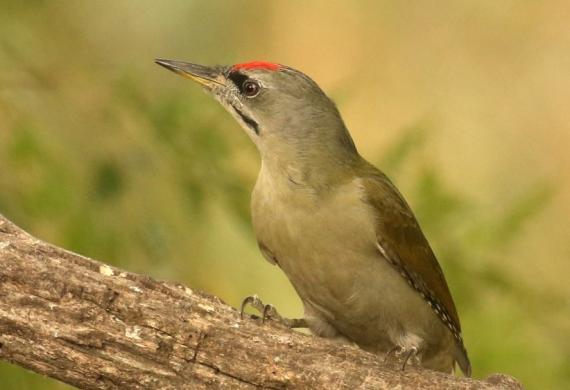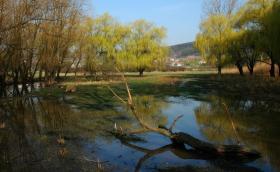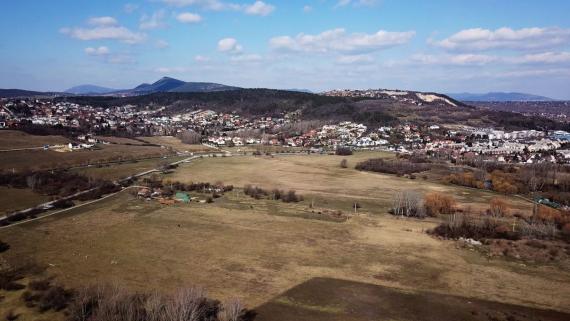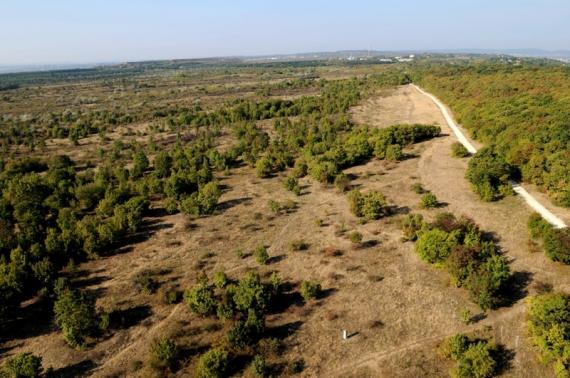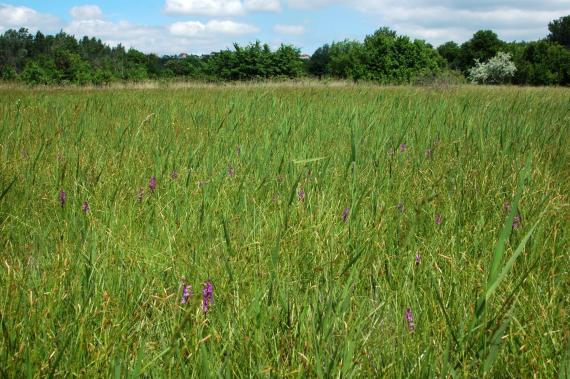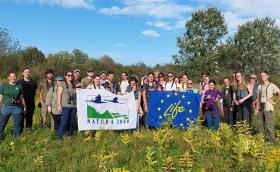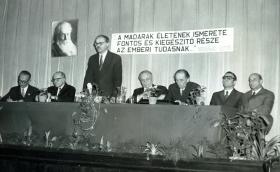The Grasslandbirds project
Joint Actions Involving Volunteers and Raising Public Awareness for the Protection of the Birds of Pannonian Grasslands - this joint project by MME/BirdLife Hungary and the Serbian Ornithological Society aims to protect natural grasslands and endangered bird species by raising awareness, involving volunteers in conservation efforts, and facilitating the exchange of expertise between partners.
The aim of the project is to help to stop the loss of biodiversity in the border region, focusing on the 1530* Pannonian salt marshes and grasslands, habitat type of European Community importance and the bird species that live there. The involvement of the volunteers in various nature conservation problems is important, since human activity causes most of the problems. The priority task of the project is therefore communication and dissemination of knowledge. The project supplements existing knowledge by involving volunteers, which involves three different field surveys: 1) white stork nest survey; 2) survey of electrical poles dangerous for birds; 3) survey of wetlands and their birds. Joint field actions will be organized for the professional members of the partners for the purpose of knowledge exchange, on various topics. A summary professional document is going to be prepared on the situation of birds in the border region.
Project ID: HUSRB/23S/12/043
Total Project budget: EUR 158 508
EU contribution (IPA): EUR 134 731.80
Start Date: 01 June 2024
End Date: 30 November 2025
Lead Partner: MME/BirdLife Hungary (HU)
Other Partners:
P1: Bird Protection and Study Society of Serbia (RS)
The project started with the financial assistance of the European Union through the Interreg VI-A
IPA Hungary-Serbia programme. The content of the publication is the sole responsibility of MME/BirdLife Hungary
and can under no circumstances be regarded as reflecting the position of the European Union and/or the
Managing Authority of the Programme.
The closing document of the project entitled STATE OF BIRDS IN THE HUNGARIAN–SERBIAN CROSS-BORDER AREA / A MADÁRVILÁG HELYZETE A MAGYARORSZÁG–SZERBIA HATÁRMENTI RÉGIÓBAN / STATUS PTICA U POGRANIČNOM REGION
MAĐARSKE I SRBIJE can be dowloaded here:

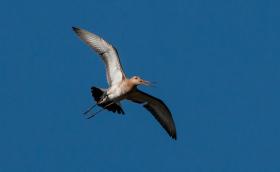
Elindult a „A Pannon szikes gyepek madárvilágának megőrzése környezeti nevelés és önkéntes munka segítségével /HUSRB/23S/12/043” elnevezésű IPA pályázat az MME koordinálásában
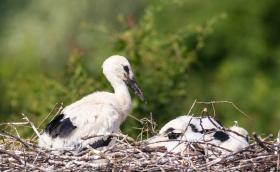
A fészekben lévő gólyafiókák gyűrűzése több mint százéves hagyomány, amely nagyon fontos információkat szolgáltat a szakemberek számára a vonulás útvonaláról és időzítéséről, a madarak életkoráról, a költőhelyválasztásról, de akár a területhűségről vagy a párválasztási szokásokról is.







